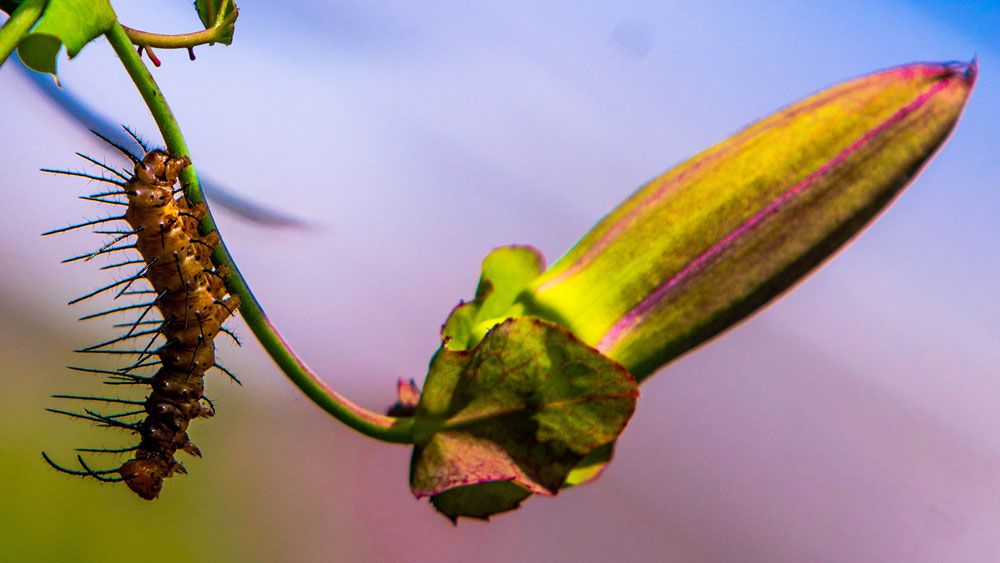
Oleander Caterpillar – Syntomeida epilais
Oleander Caterpillar – Syntomeida epilais
Common Name: Oleander Caterpillar
Latin Name: Syntomeida epilais
Appearance:
The Oleander Caterpillar has a distinctive appearance with black and yellow stripes. It has black spots on its head and a reddish-orange prothoracic plate. The caterpillar grows up to 4 cm in length.
- Egg:The eggs of the Oleander Caterpillar are laid in clusters on the underside of the leaves. They are pale yellow and round in shape.
- Pupae:This caterpillar’s pupae are reddish-brown and found on the underside of leaves or on plant stems.
- Larva:The larvae of the Oleander Caterpillar feed on the leaves of oleander plants and other members of the Apocynaceae family. They are known to strip entire leaves from plants.
- Adults:The adult Oleander Caterpillar is a white moth with black spots on its wings. The wingspan of the moth is about 3 cm.
